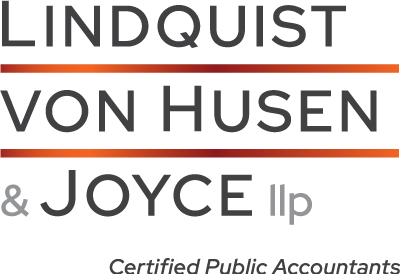
As reported in December, the Federal Open Markets Committee (FOMC) elected to raise the federal funds rate by 25 basis points to a targeted range of 2.25 to 2.5 percent. The committee cited a strong labor market, low unemployment and increased household spending and economic activity.
The decision has financial experts speculating on how many rate hikes, if any, will occur in 2019. On average, the forecast is for two rate hikes, which FOMC members themselves indicated in their December statement, down from an earlier plan for three rate hikes.
All of this may have investors, business owners and private citizens a bit nervous about spending in 2019 unless the economy shows further signs of improvement. Gerald Seib for the Wall Street Journal published a video the first week in January pointing out what he called “troubling signs” that the economy has peaked. From an historic Christmas Eve stock sell-off and sliding stock market to a slowing Chinese economy, unsettled trade policy and emerging markets struggling with higher interest rates, not to mention the U.S. deficit, it does give one pause.
Historically speaking, interest rates will likely continue to rise incrementally for some time even if we see a pause in 2019. Louise Yamada, a technician who studies interest rate trends over the past 200 years, reported in October that rates have begun an upward trend after 36 years of general decline. Historically such trends can last anywhere from 22 to 37 years before hitting a peak or low point.
The critical effect on the economy, however, is when interest rates hit around 5 percent, according to Yamada. Yields have not risen above 5 percent since July 2007, and we know what happened in the economy shortly after that.
So what does this bode for 2019 business growth and investing, particularly for real estate? It is always prudent to look at long-term factors rather than short-term fluctuations. Given reports so far, interest rates will probably stay fairly steady this year. So it’s important to conduct more in-depth tax planning as well as cost analyses to identify areas for greater efficiency and cash flow.
Consider larger infrastructure investments this year if it makes sense for your company or organization, relying on profits from 2018. And pay attention to your best business relationships in order to ride out the uncertain times ahead together. That is, avoid shiny objects or opportunities that seem too good to be true. It’s a time for managing costs and setting aside new reserves. You may even decide to exit less profitable ventures to further balance your portfolio.
Every affordable housing organization is unique, so talk to the affordable housing team at LvHJ to discuss your particular situation.
Sources:
Wall Street Journal, Gerald Seib, “Has the Economy Peaked?”
https://www.wsj.com/video/has-the-economy-peaked/FA819777-D0AF-4915-BB4B-CACE73EDD450.html
CNBC, Keris Lahiff, “Here’s the Next Level Louise Yamada is Watching”
https://www.cnbc.com/2018/10/17/with-yields-above-3point1percent-technician-louise-yamada-is-watching-one-level.html?&qsearchterm=Yamada
HousingWire, Kelsey Ramirez, “Federal Reserve Raises Rates at December Meeting”
https://www.housingwire.com/articles/47753-federal-reserve-raises-rates-at-december-meeting








